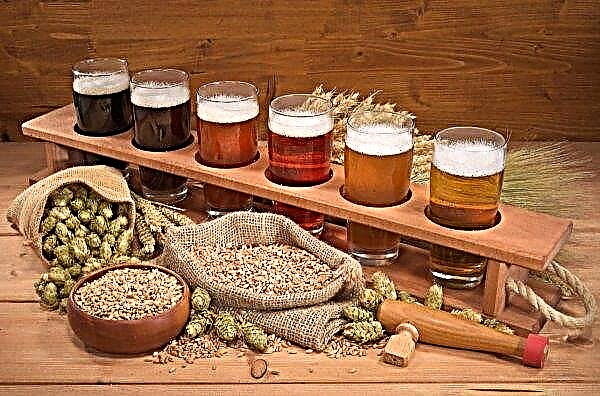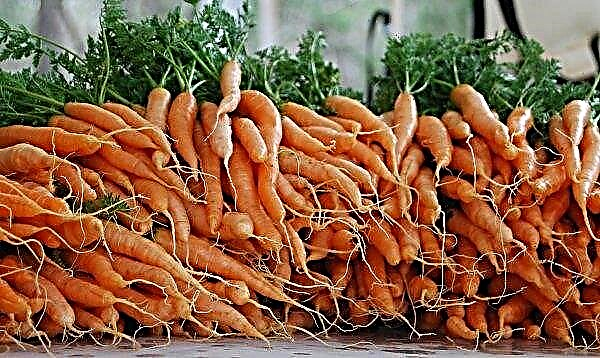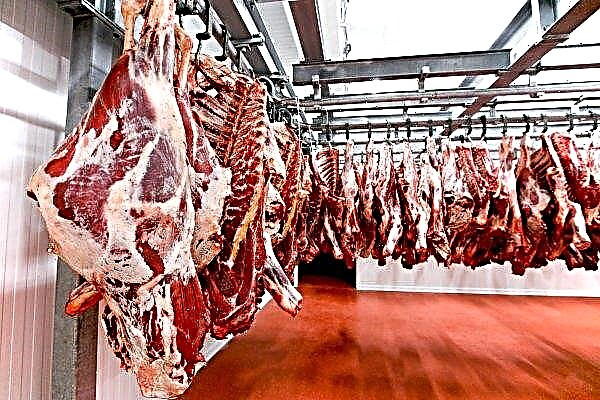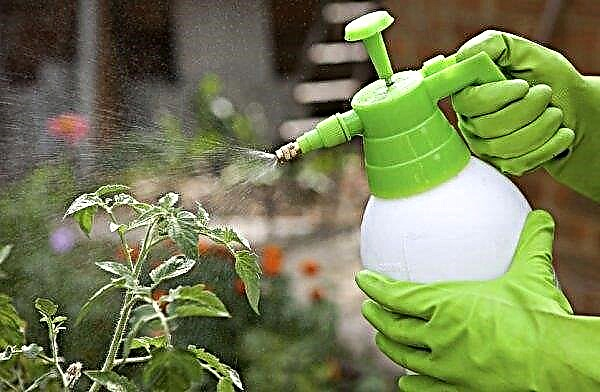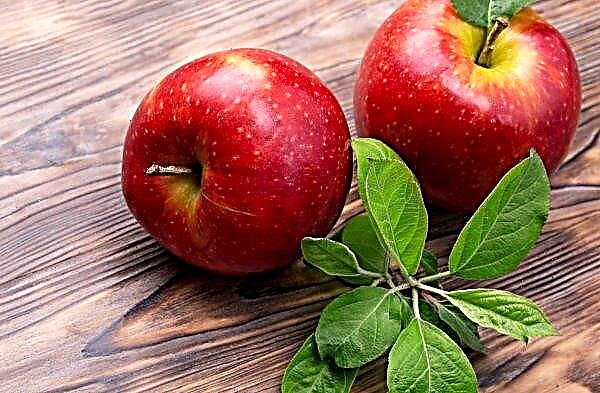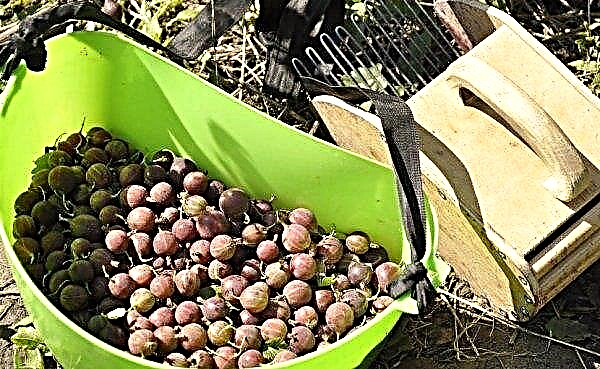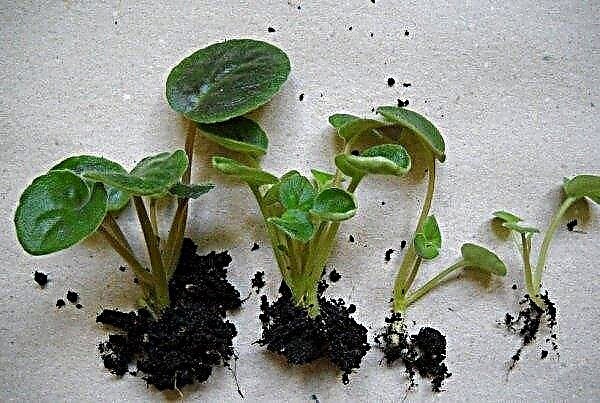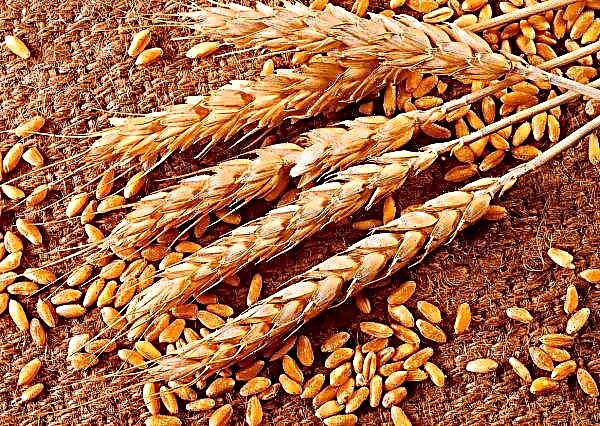Agricultural statistics for 2018 published by the UK Department of the Environment, Food and Agriculture (Defra) show a mixed picture of the country's organic sector.
Last year, the total area of land used for organic farming decreased by 8.4 percent compared to 2017.
According to the Ministry, this decrease was caused by a decrease in the area of land with low production value, for example, temporary pastures, forest tracts, etc. Since 2008, when the area of arable land organically reached a peak, the area of arable land decreased by 36%.
Organic production in the country takes place on completely transformed land. Before a site can be considered fully organic, it must go through a conversion process. The inversion area, expressed as a percentage of the total organic area, may indicate potential growth in the organic sector.
This proportion showed a slight increase in 2018, the fourth consecutive increase since 2014. Defra statistics also show that there are 3,544 organic producers in the UK, up 2 percent from 2017.
Organic farmers and producers (OF&G), which certify half of all organic land in the UK, said the increase in the number of producers is driven by new entrants.
Roger Kerr, OF&G Executive Director, said: “Organic farming is a viable option for those who can make the system work. For example, taking into account both yield and price, now it is possible to achieve 90% of traditional organic grain production with significantly lower variable costs and working capital. ”

